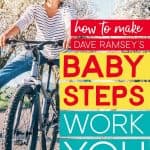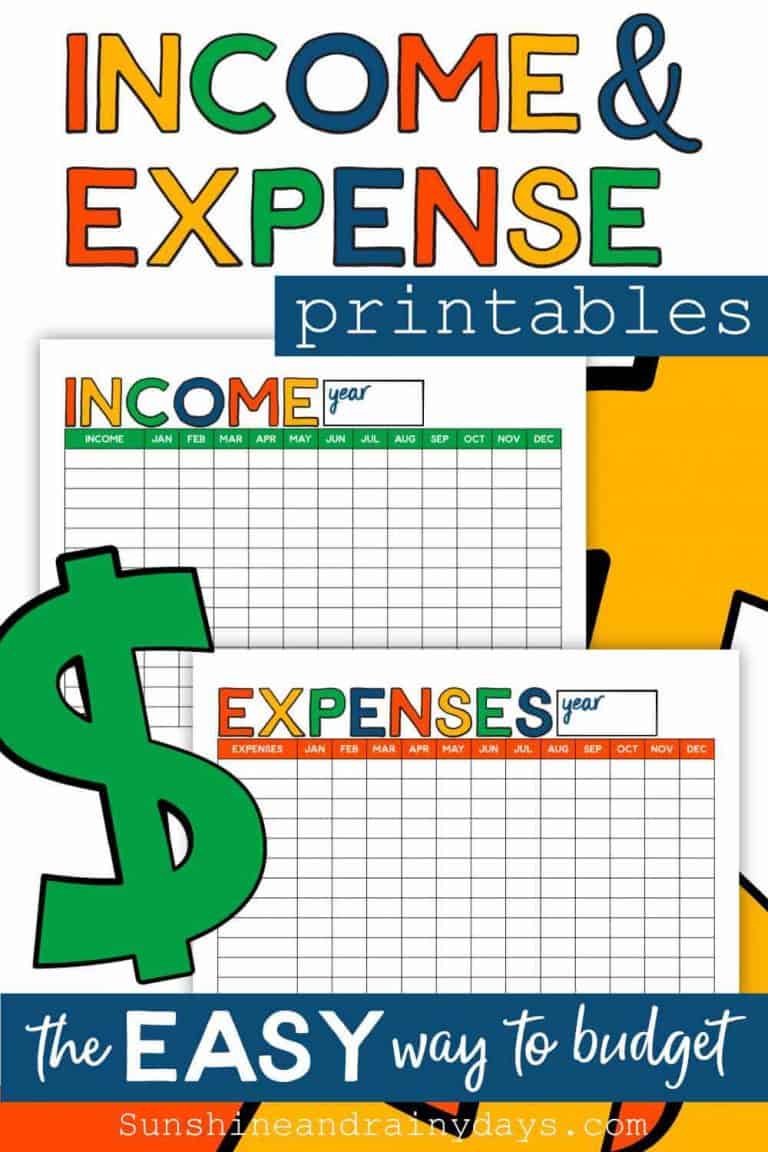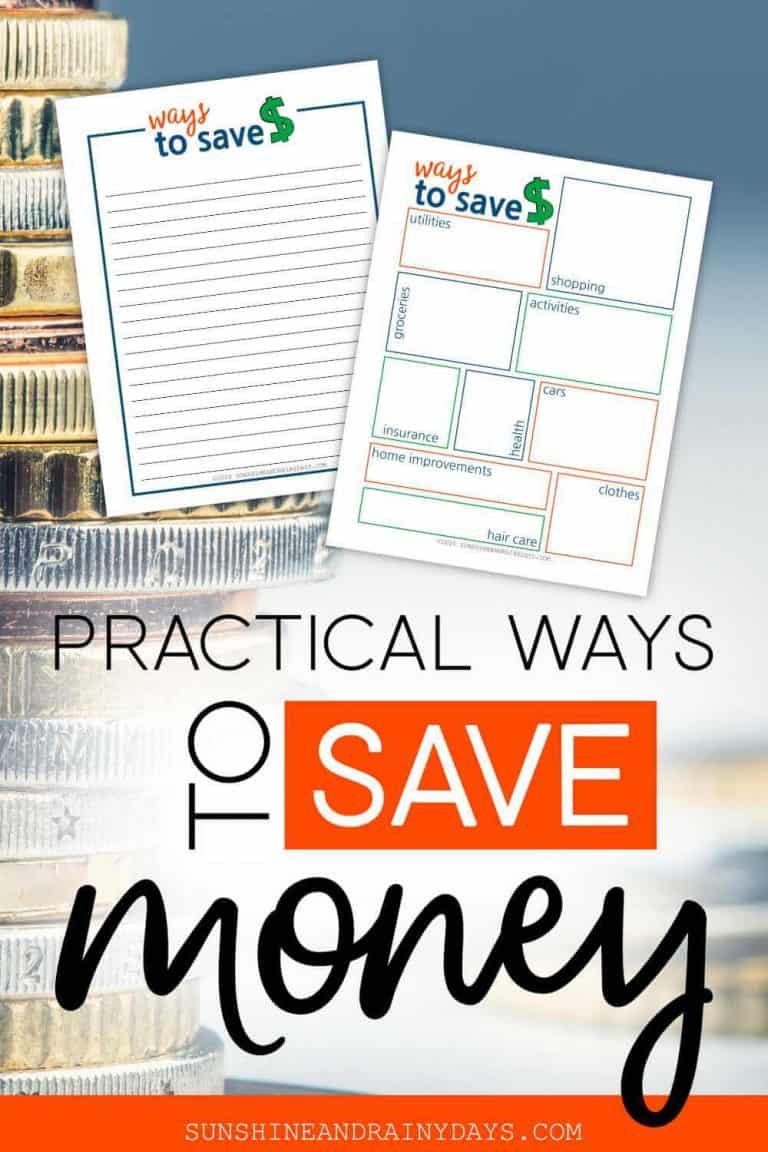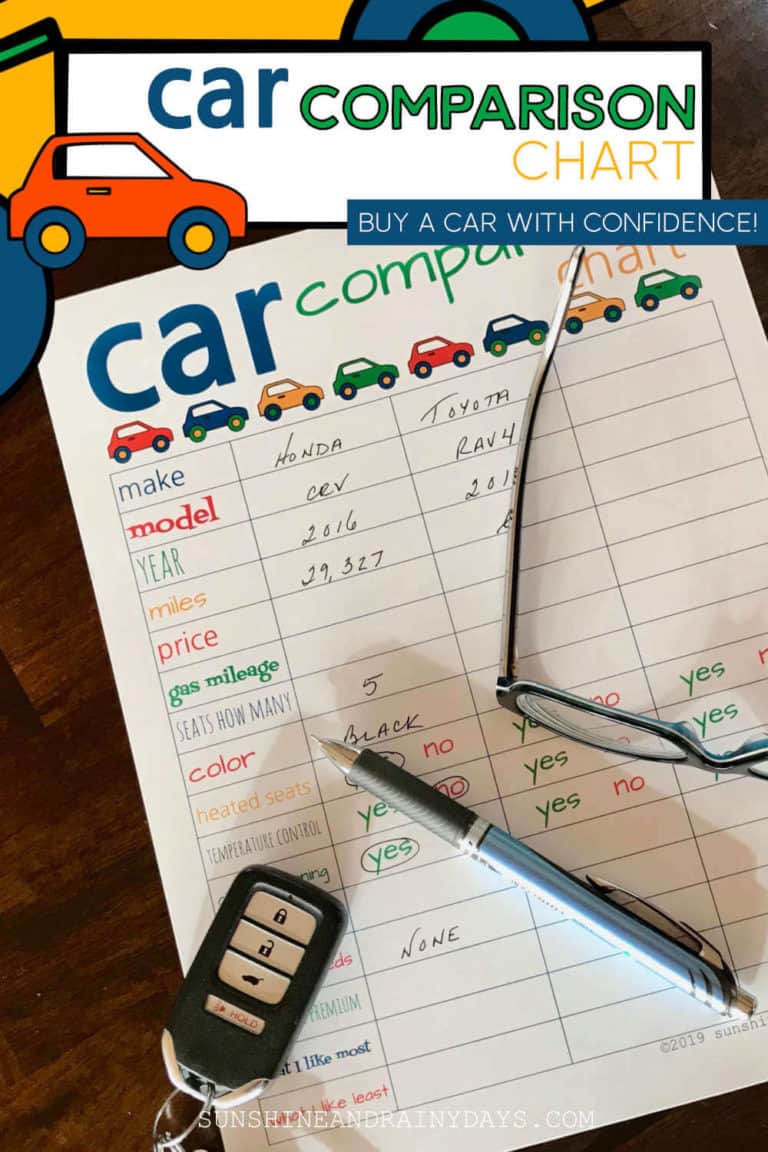How To Make Dave Ramsey’s 7 Baby Steps Work For YOU!
If you’ve looked into anything financial, you more than likely have heard of Dave Ramsey! Dave Ramsey’s 7 Baby Steps have transformed many families’ financial lives, however, the Baby Steps might not make sense for YOUR financial situation. The trick to the 7 Baby Steps is to make them work for YOU!
Below we have outlined the basics of Dave Ramsey’s 7 Baby Steps and how we have adjusted them to fit our needs.
Get your creative juices flowing and discover how to use the 7 Baby Steps as an outline for your financial life!
Baby Step #1: Save $1,000 in a Beginner Emergency Fund
This fund is for UNEXPECTED things that happen that you wouldn’t know to plan for. Like a baseball that goes through the window. There isn’t a sinking fund for THAT!
You are supposed to keep your beginner emergency fund in a separate account and, preferably, at a different bank, so it isn’t easily accessible. It should be easy to get to, in case of emergency, but not so easy to use for regular expenses.
Rule Bender
We use our $1,000 emergency fund as a buffer in our checking account! I know, I know, it’s Supposed to be in a separate account, right? Well, since we budget every dollar, I don’t want our checking account to go to zero. Instead, I hide our $1,000 emergency fund. It doesn’t show up in our available balance so, out of sight, out of mind! I write at the top of my register, EF $1,000. That way, when I go to balance, I know to add that amount in.
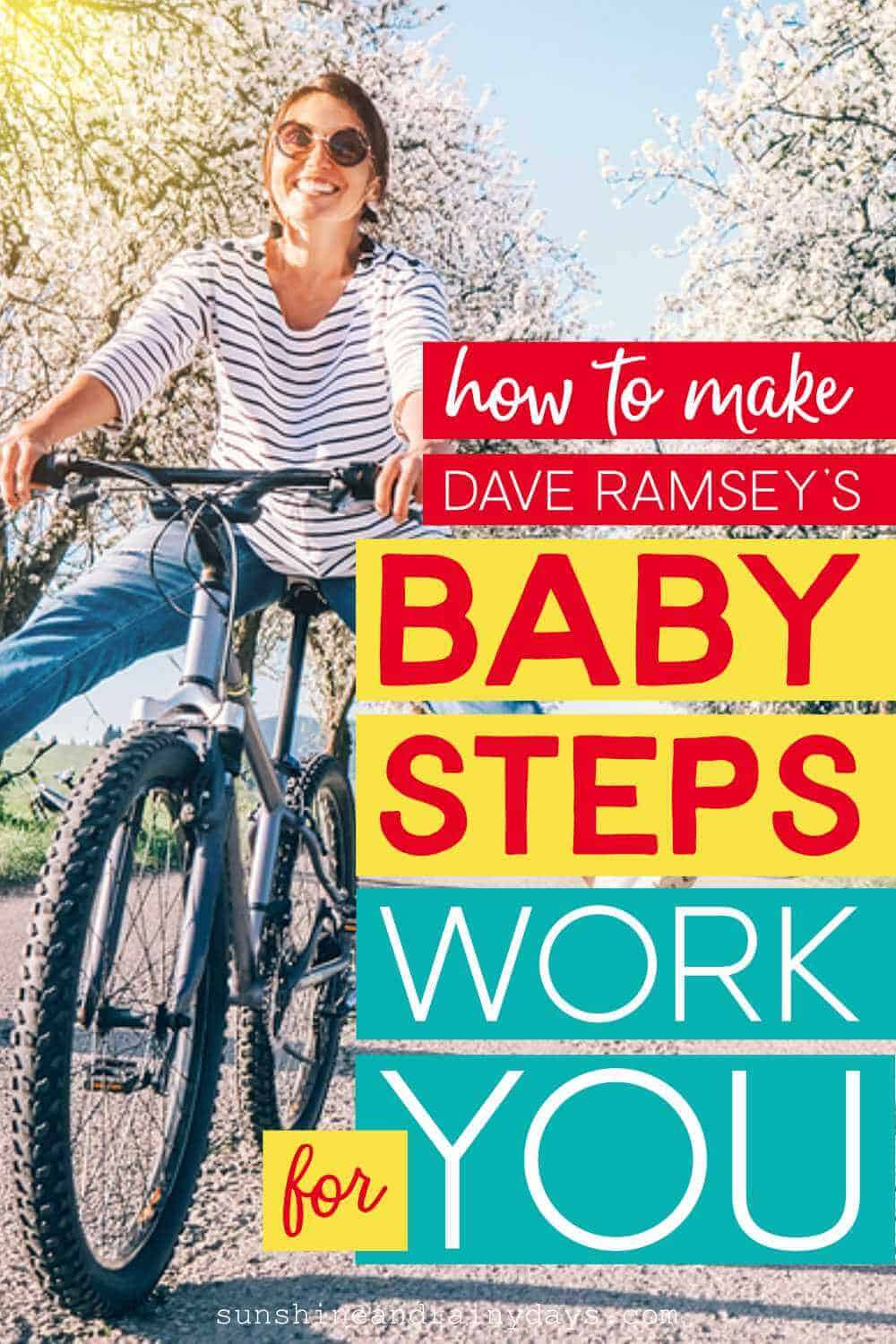
Baby Step #2: Pay Off Debt
In this step, Dave suggests … wait … he tells you to use the Snowball Method to pay off all debt but the mortgage.
The Snowball Method tackles the smallest debt first and pays it off while paying the minimum on all other debt. It then rolls that money over to the next smallest debt, building momentum. This method gives you confidence and motivates you to move forward.
The Snowball Method is a great way to go!
We have also used the Avalanche Method.
The Debt Avalanche tackles the debt with the highest interest rate first, while paying the minimum on all other debt. After the highest interest rate debt is paid off, the Debt Avalanche then puts that money toward the next highest interest rate debt until each debt is paid.
We chose to use the Debt Avalanche method because we knew we would be buying a new house in the near future. Our highest interest debt happened to be on our Costco card which we were close to our credit limit on.
Did You Know?
If your balance is over 30% of your credit limit, it can affect your credit score.
For example: If your Visa has a credit limit of $10,000 and you have $4,000 charged to it, it may affect your credit score.
Our goal was to reduce our debt to credit ratio!
Rule Bender
We still have a few credit cards that we strive to use in a way that will benefit us. For example, if we have a large purchase to make and have the money set aside for it, we will often charge that purchase, if there is no cash discount. We then pay off the credit card but receive rewards from the credit company!
We still have a few credit cards that we strive to use in a way that will benefit us. For example, if we have a large purchase to make and have the money set aside for it, we will often charge that purchase, if there is no cash discount. We then pay off the credit card but receive rewards from the credit company!
Baby Step #3: A Fully Funded Emergency Fund
Your Fully Funded Emergency Fund is 3 to 6 months living expenses. This fund should be kept in a separate checking account or a money market account that is easily accessible.
It seems like a pipe dream, right?
We are currently working on our Fully Funded Emergency Fund and use a Money Market account to funnel money into!
Rule Bender
We continued ‘hiding’ money in our regular checking account until we had $2,000. Then, we transferred $1,000 to a separate account designated for our Fully Funded Emergency Fund!
Baby Step #4: Invest 15% for Retirement
After all debt (except your house) is paid and you have a Fully Funded Emergency Fund, it’s time to Invest 15% for Retirement!
That’s 15% of your Gross Household Income into 401(k) plans, Roth IRAs, and a Traditional IRA.
The idea is that now your debt is paid off, you will have no problem setting aside 15% for Retirement!
Rule Bender
We have always invested at least the employer match and have increased our percentage over the years. We didn’t wait to be debt free. We have held debt off and on over the years but have never stopped investing for retirement.
Baby Step #5: Save For College
At this point, all debt is paid off, you have a fully funded emergency fund, and you are saving for retirement. It’s now time to save for your children’s college education!
We have failed miserably in this department. Although we’ve had debt, if I could go back in time, we would have saved for college.
For my daughter’s first two years of college, we scrambled and sacrificed and, miraculously, were able to pay cash. Now that our son will be in college too, we will need to take loans for Justine’s tuition and plan to pay cash for Jack’s college expenses.
What if we had started saving for college when the kids were born? We wouldn’t need to worry and scramble right now.
Rule Bender
Save for College when your kids are young!
Baby Step #6: Pay Off The House
Whew! This would be HUGE! It’s the only debt standing in the way of freedom from all debt!
I LOVE the idea of paying off our house!
Our thought is, we will downsize in about 10 years and have enough equity in our home to pay cash.
Fingers crossed on that one!
Rule Bender
Build equity in the house you have!
Baby Step #7: Build Wealth And Give Generously
It’s time to build wealth, give generously, and leave an inheritance for future generations.
How FUN is that?
I’m on board!
I do believe there are ways to give generously without money so you don’t have to wait until Baby Step #7 to give!
Rule Bender
Give generously of your time and talents!
If we had waited to invest for Retirement until all debt was paid, we would be pretty nervous about now.
If we had saved for College throughout the years, we would be breathing easier, now that college time is here.
You know your situation and can adjust Dave Ramsey’s 7 Baby Steps accordingly!
You have the outline for your financial life! Bend it to work for YOU!

